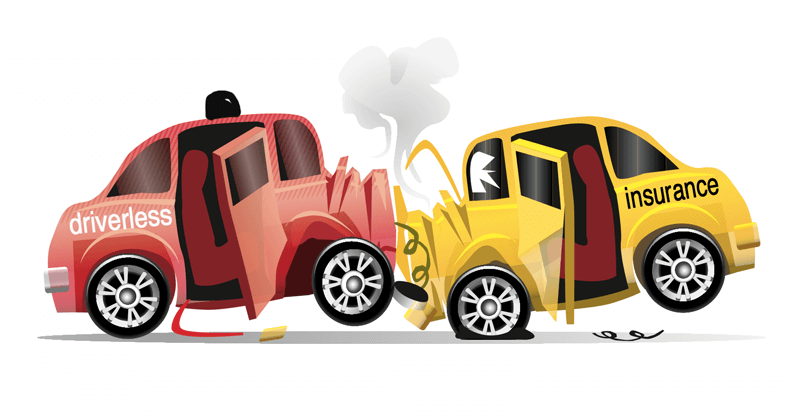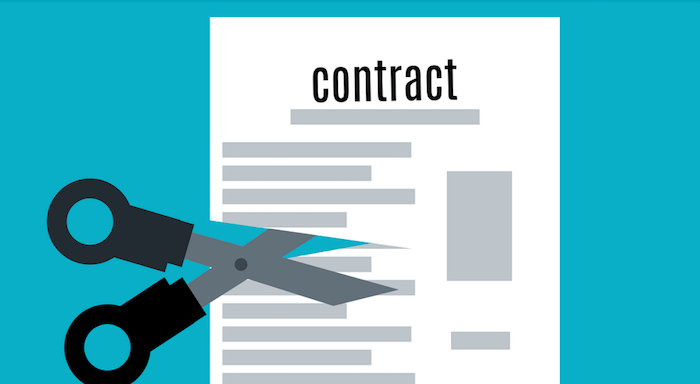If you enjoyed our last installment of the best GEICO commercials you should enjoy these gems just as much, if not more!
Auto Insurance Won’t Crash When Driverless Cars Arrive
Imagine it’s the year 2030 and you buy a shiny, new driverless car. You’re ready to hit the open road for your first spin in this amazing automated machine. Before you leave, you need to remember to take along your vehicle registration and insurance ID card. Or do you?
It’s not an easy question to answer. Who would be listed as the driver on the policy anyway? It wouldn’t be you since your new, automated car will be doing all the work. Plus, self-driving cars are extremely safe so there shouldn’t be any accidents. All things considered, why would you even need auto insurance with a driverless vehicle?
New Risks in a New World
Traffic accidents involving a driverless car will still happen. Crashes will probably just happen for different reasons. And crashes will most likely happen less frequently than they do with human-driven vehicles.
However, the fact remains: financial protection provided by personal auto coverage will still be necessary. After all, if your driverless car is damaged in a crash then how will you pay to repair it? Keep in mind, fixing state of the art technology is always expensive.
No matter how much the auto industry improves safety features, there are always risks involved.
It is true that self-driving cars will be quite a bit safer than having a human driver. That’s because driverless vehicles won’t be texting their friends or changing the radio station while zooming down city streets. They also won’t be stopping at the bar after work for a few cocktails.
However, like all machines, fully automated cars can go on the fritz and not perform as expected. A self-driving vehicle could have a software failure that results in an accident. As you can guess, an auto liability insurance policy would certainly be helpful in covering the cost of property and personal damages. Same as when you are in the driver’s seat. The only question is whether the driver or car manufacturer will carry specific parts of the insurance policy.
The Future is still in the Future
According to the National Highway Traffic Safety Administration (NHTSA), driverless vehicles will not suddenly take-over American highways. In fact, NHTSA advises that Automated Driving Systems (ADS) will be slowly introduced onto U.S. roads over a period of many years. The plan is for auto manufacturers to perfect six levels of driver assistance technology advancements until they eventually are able to introduce a vehicle that operates itself with no human assistance.
This methodical introduction will allow car companies time to perfect their ADS technology, as well as give lawmakers and insurance carriers the opportunity to outline new guidelines. Insurance actuaries will no doubt be collecting data throughout each ADS phase. This data will be used to help figure out how to fairly and accurately factor auto premiums for driverless cars.
As each of the six levels are integrated into new vehicles, you will most likely begin to see small changes in your auto policies. For example, auto insurance companies will eventually add policy language covering a loss or damage in case of the following:
- lack of sufficient vehicle software updates
- satellite outages impacting navigation systems
- failure of the car’s operating system
- inability to override (manually) the car’s operating system to prevent an accident
- inadequate security patches
- car being hacked by a third-party, resulting in damage or loss
Those Pesky Non-Driverless Cars
Remember, it’s going to take time for driverless vehicles to be introduced into the auto market. This means there will still be cars driven by humans on the road.
Consider this scenario: you are zipping along country roads in your new driverless car when a human (driving the old-fashioned way) in a 2010 Camry hits you. All of a sudden your flawless vehicle is now a heap of metal and the Camry driver has no insurance. Now what? Well, just like you do now, you would still need uninsured/underinsured motorist coverage help cover the cost of repair or replacement.
Finally, there will always be a need for comprehensive insurance, which protects your car from things that driverless technology does nothing to protect you from, like vehicle theft, vandalism and natural disasters.
All in all, auto insurance seems to be destined to be around for quite some time, which is a good reason to find a policy that saves you money every month. Our QuoteScout™ is here to help you do just that.



